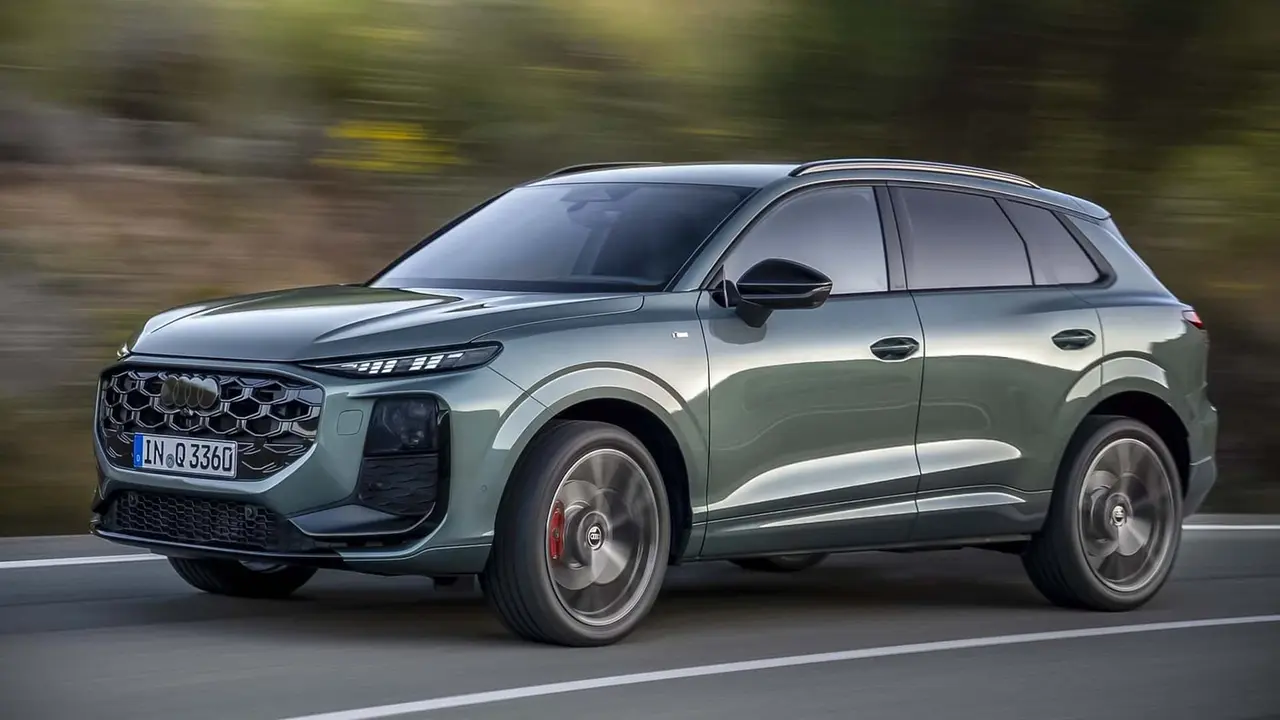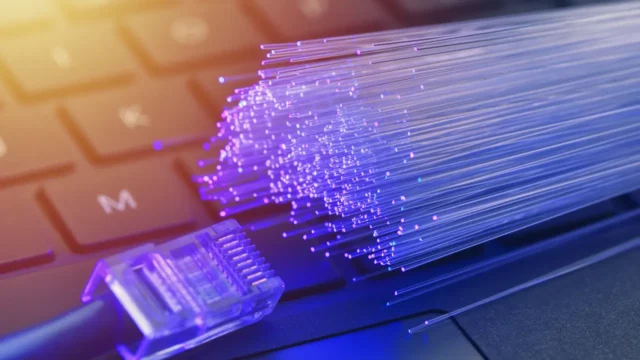Audi has introduced the third generation of the Q3, one of the most successful models in the compact SUV segment. The new Q3, which bears the traces of significant changes in the brand’s design and engineering approach, will go on sale in Europe in September. The vehicle offers remarkable innovations with its exterior design, interior layout and engine options.
New generation Audi Q3 introduced
The most obvious difference in the exterior appearance of the new generation Q3 is the split-structure headlight design. The thin LED daytime running lights placed at the end of the muscular engine hood are complemented by matrix LED headlights hidden in the bumper edges and located behind the dark glass surface.

Audi states that a total of 25,600 micro-LEDs are used in each headlight in this new headlight technology. In the rear, the OLED technology stop lamps are offered in a double-layer structure with the LED strip at the bottom. Drivers can personalize the appearance of the stop lamps with six different light graphic options.
The vehicle resembles the Q5 when viewed from the side profile. There are design details on the fenders that bear traces of the brand’s legendary Quattro system. While the upper equipment packages include 20-inch rims, the base model is equipped with 17-inch rims. The tire width has increased compared to the previous generation, while the drag coefficient has been reduced from 0.32 to 0.30.
In the cabin, the new Audi Q3 offers the driver an 11.9-inch digital instrument panel and a 12.8-inch touchscreen based on Android Automotive in the center. Although the thick black frames around these screens have received some criticism in terms of design, functionality is not compromised.

The new generation Q3 aims to offer a quieter ride in the interior by using acoustic glass on the front side windows for the first time in its segment. Audi also announced that it has made upward improvements in material quality, directly responding to the interior quality criticisms experienced in previous generations.
The development in terms of luggage volume is also remarkable. The vehicle, which offers a volume of 488 liters when the rear seats are in their normal position, can increase this volume to 575 liters when the seats are moved forward. When the seats are fully folded, a large loading area of 1,386 liters is obtained.
Four different configurations are offered in engine options. The entry-level 1.5-liter turbo gasoline engine produces 148 horsepower and 250 Nm of torque. This engine has a mild hybrid support and a system that can deactivate two cylinders. It is offered with a seven-speed dual-clutch automatic transmission. The 2.0-liter gasoline engine reaches 261 horsepower and 400 Nm of torque and comes with the Quattro four-wheel drive system.
The 2.0 TDI engine was chosen as the diesel option. The engine, which produces 148 horsepower and 360 Nm of torque, is currently only offered in the front-wheel drive version. It is also paired with a seven-speed S Tronic transmission. There is no four-wheel drive version in this engine.
The most striking engine option was the rechargeable hybrid system paired with the 1.5-liter gasoline engine. This system, which produces a total of 268 horsepower and 400 Nm of torque, can provide an electric range of up to 120 kilometers in WLTP standards with its 19.7 kWh battery.
The battery can be charged from 10 to 80 percent in just 30 minutes with DC fast charging support. This version, unlike the others, is equipped with a 6-speed automatic transmission.
The new Audi Q3 will go on sale in Germany in September. The starting price of the entry-level 1.5-liter gasoline model is set at 44,600 euros, while the price of the plug-in hybrid version starts at 49,300 euros.













